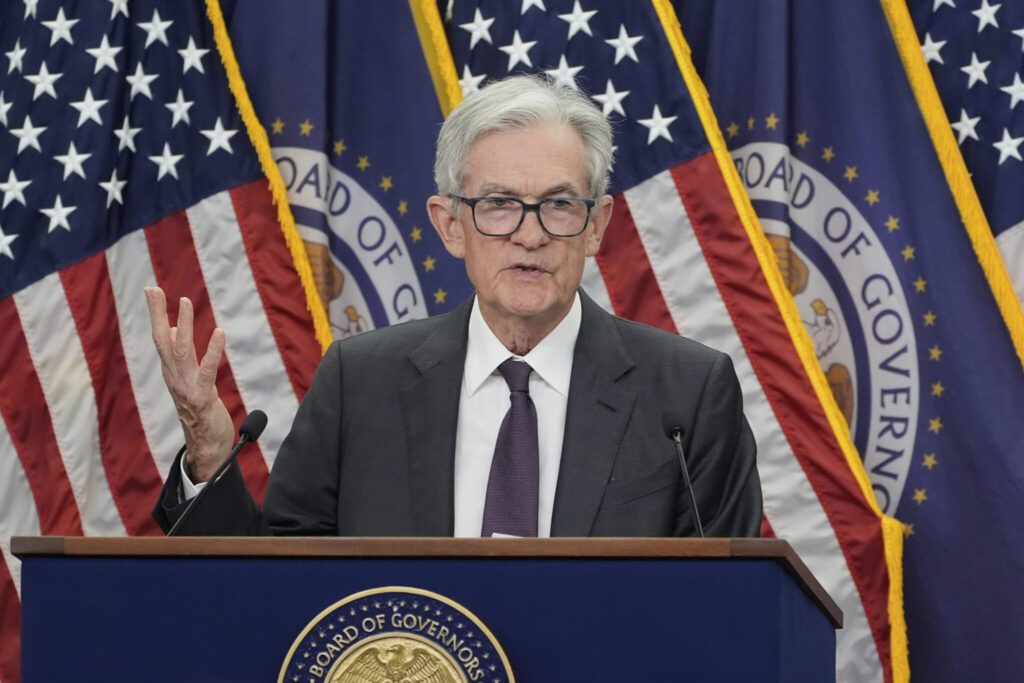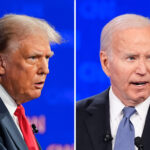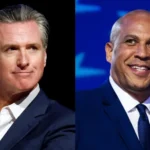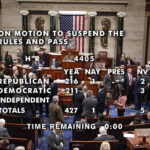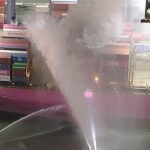Core Inflation Hits Five-Month High Despite Overall Stability/ Newslooks/ WASHINGTON/ J. Mansour/ Morning Edition/ U.S. inflation remained unchanged at 2.7% in July, but core prices rose to their highest in five months. Rising tariffs under President Donald Trump are pushing up certain import costs, even as gas and grocery prices cool. The data complicates the Federal Reserve’s interest rate outlook amid slowing job growth and political pressure from Trump.
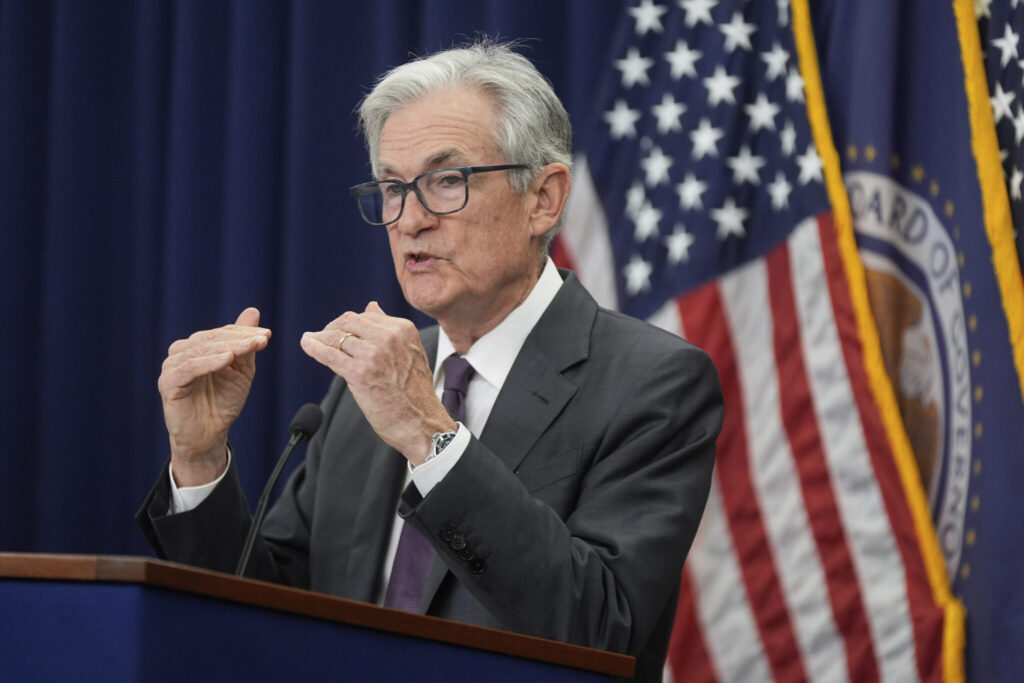
US July Inflation Report Quick Looks
- Headline Inflation: 2.7% year-over-year, unchanged from June.
- Core Inflation: 3.1% year-over-year, up from 2.9% in June.
- Drivers of Inflation: Tariffs on imports; higher costs for toys, clothing, sporting goods.
- Offsets: Falling gas prices; slowing rent increases; modest grocery price growth.
- Trade Policy Impact: Universal 10% tariff since April, plus targeted duties on China, Canada, EU, Japan, Taiwan, Switzerland.
- Fed Dilemma: Slowing hiring pressures for rate cuts; rising inflation pressures for caution.
- Political Context: Trump publicly presses Fed for cuts, defying central bank independence norms.
- BLS Changes: Trump replaced agency head; hiring freeze reduced price data collection by ~18%.
- Corporate Reaction: Firms like Ford, GM, Procter & Gamble, and e.l.f. Beauty raising prices due to tariffs.
Core Inflation Hits Five-Month High Despite Overall Stability
Deep Look
The latest U.S. inflation data reveal a split picture: headline consumer prices were unchanged in July, holding at 2.7% year-over-year, but core inflation — which excludes volatile food and energy — accelerated to 3.1%, its highest level in five months.
According to the Labor Department’s report released Tuesday, moderating gas prices and easing rent increases helped stabilize the overall rate, even as tariffs imposed by President Donald Trump continued to push up costs for a range of imported goods. The core reading reflects higher prices for categories such as toys, apparel, and sporting goods.
Tariffs’ Role in Price Pressures
Since April, the Trump administration has implemented a universal 10% tariff on imports, alongside sharply higher duties on specific trading partners. Rates now include 15% on most goods from the European Union and Japan, 20% from Taiwan, and 39% from Switzerland. Certain sectors face even steeper barriers: autos and auto parts from China carry 25% tariffs, steel and aluminum imports are taxed at 50%, and some parts face 30% duties.
These trade measures have already hit corporate bottom lines. Ford reported paying $800 million in tariffs in Q2, GM $1.1 billion, and Stellantis $350 million so far this year. Economists warn more costs will shift to consumers as companies finalize pricing strategies.
While Trump insists foreign exporters will absorb most of the tariffs, Goldman Sachs estimates they have so far shouldered just 14%, leaving 22% paid by consumers and 64% by U.S. companies. By fall, Goldman projects consumers will bear two-thirds of the total burden.
Fed’s Policy Challenge
The Federal Reserve faces conflicting pressures. Hiring has slowed sharply since the spring, adding momentum to calls for rate cuts. But Fed Chair Jerome Powell has signaled caution, warning that elevated inflation could delay any easing — a stance that has drawn public ire from Trump.
Financial markets have priced in higher odds of a rate cut later this year, but Tuesday’s data could temper those expectations if core prices remain sticky.
BLS Under Scrutiny
The Bureau of Labor Statistics, which compiles the inflation report, has also become a political flashpoint. Trump recently fired BLS Commissioner Erika McEntarfer after weak job growth revisions. He has nominated E.J. Antoni of the Heritage Foundation to replace her, promising “honest and accurate” numbers.
A federal hiring freeze has forced BLS to scale back its price sampling by about 18%, raising concerns about volatility in monthly readings.
Corporate Pricing Strategies
Several major consumer brands have announced price hikes tied to tariff costs. Procter & Gamble will raise prices on about a quarter of its product lines, including Tide detergent and Charmin toilet paper. Cosmetics maker e.l.f. Beauty implemented a $1 price increase across its entire assortment — only the third such move in its history. Apparel brands Ralph Lauren and Under Armour, as well as eyewear retailer Warby Parker, have also increased prices.
Retail pricing experts say companies are selectively targeting price increases rather than applying them across the board, attempting to balance cost pressures with consumer demand sensitivity.
Looking Ahead
With global trade tensions and domestic politics both influencing economic policy, the path of U.S. inflation remains uncertain. While cooling energy and rent costs offer some relief, tariffs and corporate pass-through pricing are likely to keep core inflation above the Federal Reserve’s 2% target in the coming months.

